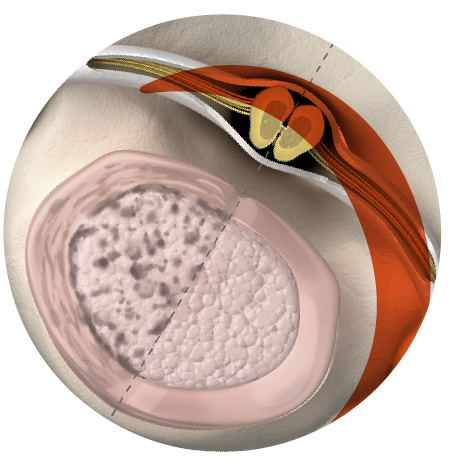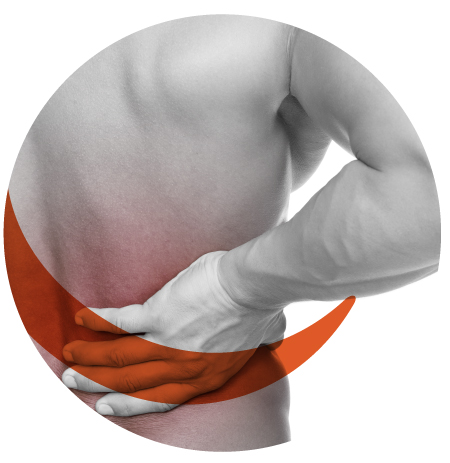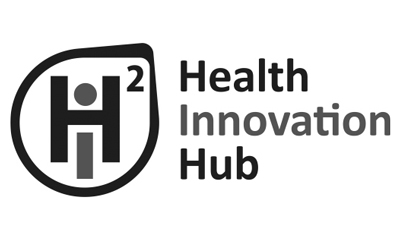About
Bringing Back Health
The Basis of Our Technology
The name Notogen was derived from combining 'notochordal cells' and 'regeneration'. Research into the importance of notochordal cells is the foundation of our flagship technology and regeneration is the desired clinical effect.
The notochord is the embryonic structure from which the spinal discs develop. Cells from the notochord (notochordal cells) remain within spinal discs of certain animals that are resistant to degeneration and secrete molecules that are critically important to sustaining healthy disc tissues. Spinal discs that are notochordal deficient are susceptible to degeneration. The loss of notochordal cells and possibly the molecules that they replenish is associated with the onset of degenerative disc disease.
The basis of Notogen's initial technology is the study of the conditions sustained by the presence of notochordal cells in the spinal disc. Notogen has identified a compound that preserves critical cells and can mediate degeneration and inflammation while promoting the presence of healthy disc tissues in laboratory in vitro and in vivo models. Importantly, while humans are born with notochordal-rich spinal discs, these notochordal cells disappear as humans age and by the time humans are between 10-13 years of age, they no longer have any notochordal cells in their spinal discs.
View Our PublicationsPainfully Expensive, Millions of Reasons to Invest In DDD
Degenerative disc disease (DDD) is a predominant contributor to the genesis of spinal pain and is a major cause of disability worldwide, imposing an enormous socio-economic burden and clinical costs to society. The 2010 Global Burden of Disease Study estimated that low back pain is among the top 10 diseases and injuries that account for the highest number of disability-adjusted life years worldwide. It is estimated that approximately 25% of the population in the United States of America suffers from lower back and neck pain at costs between $100 billion and $200 billion annually.
Current treatments for back pain lack conclusive validation of effectiveness, carry significant health risks, and/or lead to the accumulation of enormous medical costs. An alternative treatment option has yet to be introduced but would revolutionize the treatment of back pain worldwide.
About Our Science Meet Our Team

